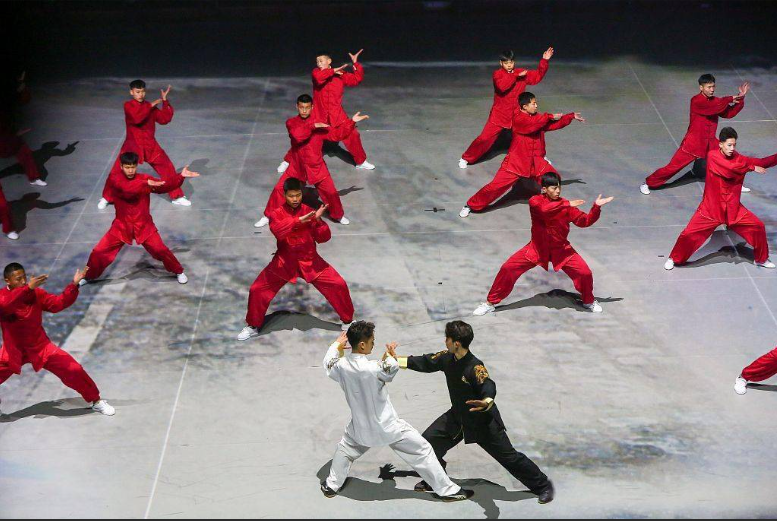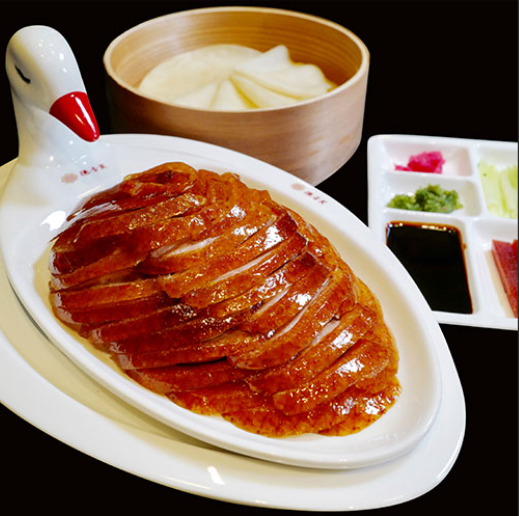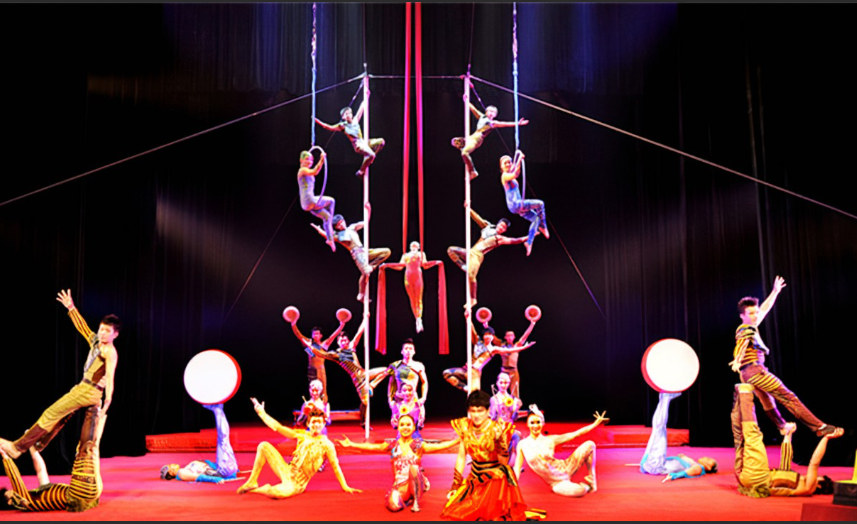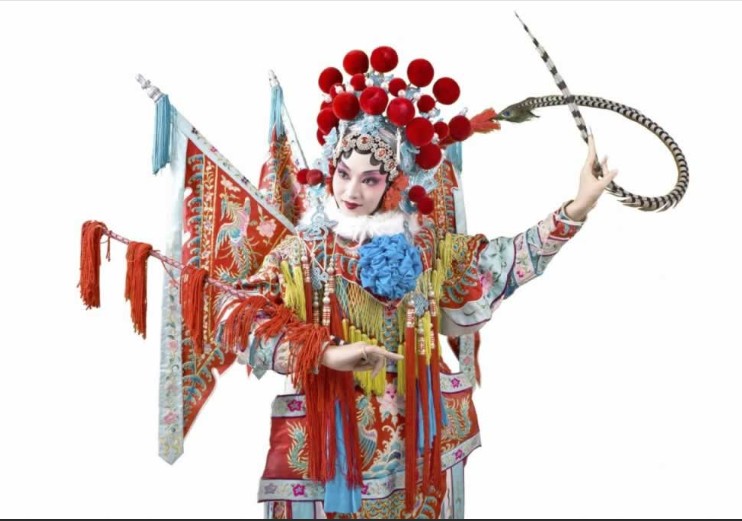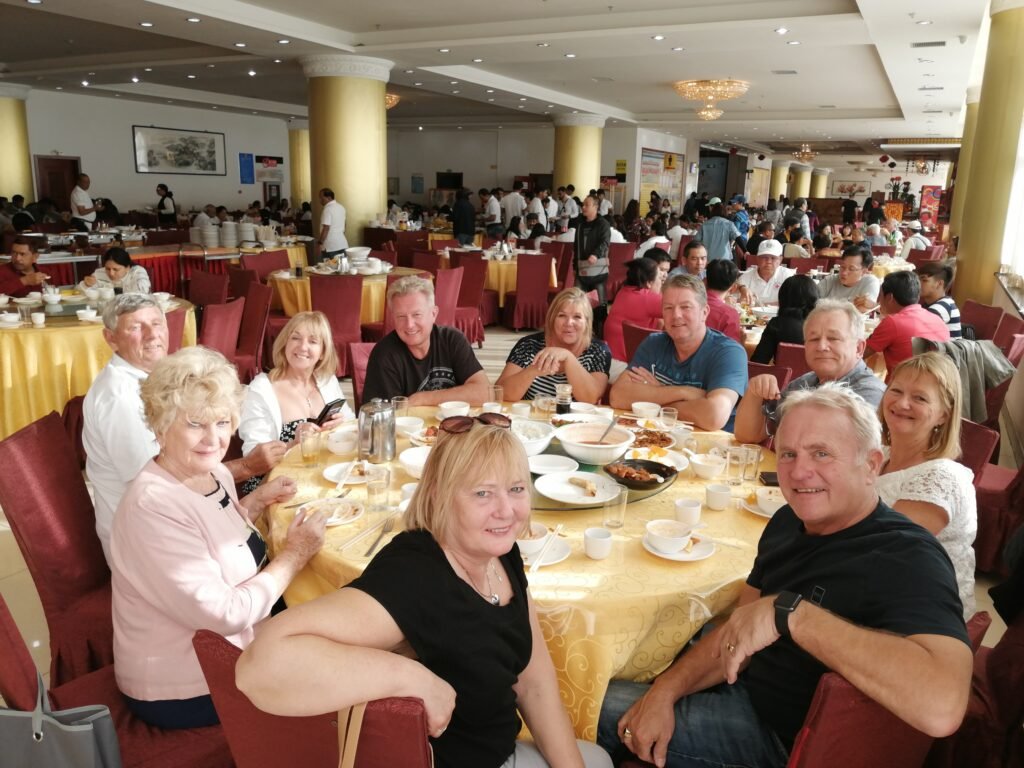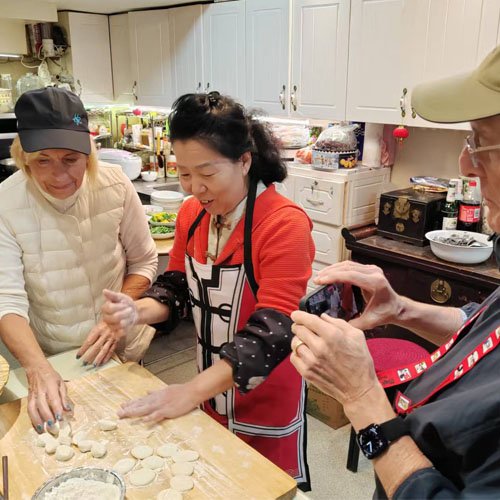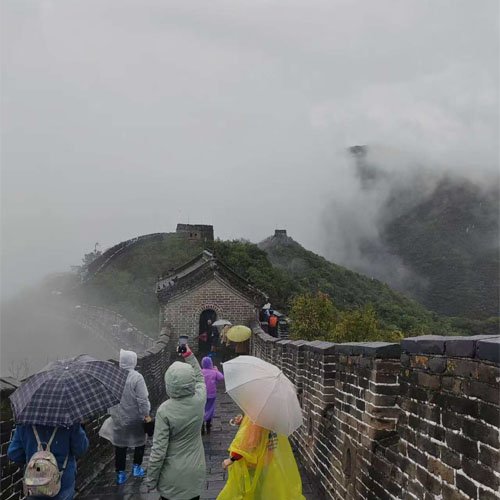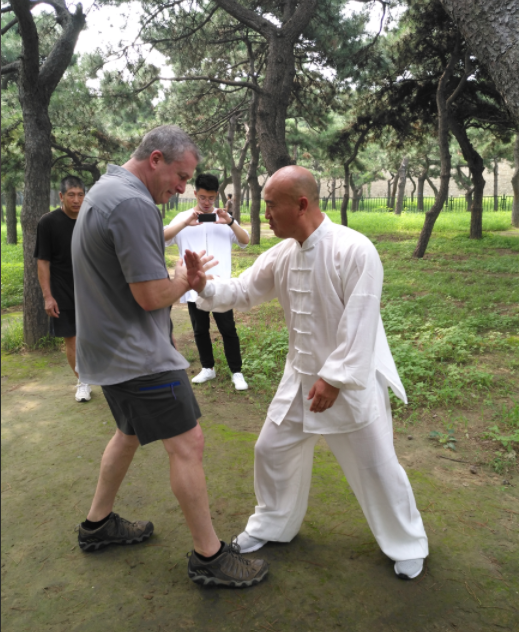Chinese Tai Chi
A Harmonious Blend of Philosophy, Health, and Martial Arts
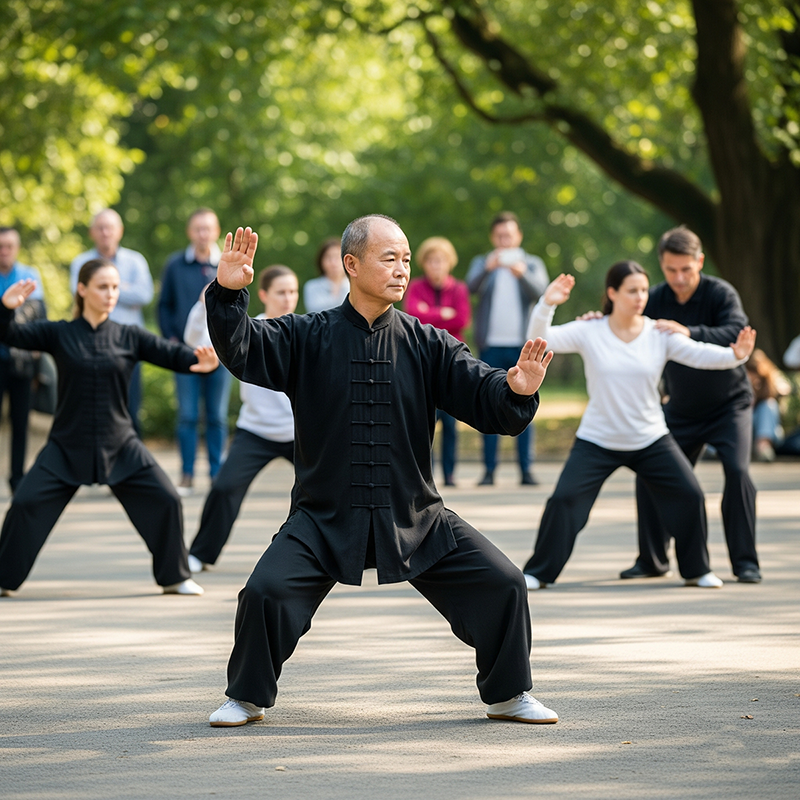 Tai Chi, a revered traditional Chinese martial art, seamlessly integrates the principles of Tai Chi and Yin-Yang dialectics from Confucian and Taoist philosophy. More than just a fighting system, Tai Chi cultivates inner peace, strengthens the body, and embodies a sophisticated approach to self-defense. It draws upon the wisdom of the I Ching (Book of Changes) with its concepts of Yin-Yang and the Five Elements, traditional Chinese medicine’s understanding of meridians, and ancient Daoyin (guiding and stretching) and breathing techniques. This synthesis creates a unique martial art that is both internal and external, characterized by gentle, slow, light, yet powerful movements.
Tai Chi, a revered traditional Chinese martial art, seamlessly integrates the principles of Tai Chi and Yin-Yang dialectics from Confucian and Taoist philosophy. More than just a fighting system, Tai Chi cultivates inner peace, strengthens the body, and embodies a sophisticated approach to self-defense. It draws upon the wisdom of the I Ching (Book of Changes) with its concepts of Yin-Yang and the Five Elements, traditional Chinese medicine’s understanding of meridians, and ancient Daoyin (guiding and stretching) and breathing techniques. This synthesis creates a unique martial art that is both internal and external, characterized by gentle, slow, light, yet powerful movements.
Development of Taich
Following the founding of the People’s Republic of China in 1949, the State Sports Commission standardized Tai Chi, initially focusing on its gymnastic, performance, and competitive aspects for promoting physical fitness. After China’s reform and opening up, efforts were made to restore some of its traditional martial aspects. This led to the further development of Tai Chi for competition, Tai Chi exercises for health, and Tai Chi push hands (a form of sparring).
Numerous traditional Tai Chi styles exist, including the prominent Chen, Yang, Wu (two distinct styles), Sun, and He schools. These schools share historical connections, learn from one another, yet each possesses unique characteristics, contributing to the rich diversity of Tai Chi. As a modern martial art with a wide following, Tai Chi remains a vibrant and influential practice in China.
In December 2020, Tai Chi’s cultural significance was recognized by UNESCO, added to its Intangible Cultural Heritage list.
Core Characteristics
Tai Chi possesses several defining characteristics:
- Combative Theory: Tai Chi is fundamentally a martial art. Its movements are rooted in principles of attack and defense, possessing inherent combative applications. This distinguishes Tai Chi from purely aesthetic forms of movement like gymnastics or dance.
- Philosophical Depth:Deeply influenced by traditional Chinese philosophy, Tai Chi embodies dialectical thinking. It is often described as “philosophical combat” because its name, its movements, and its underlying principles are imbued with profound philosophical meaning. This philosophical foundation shapes its unique approach to movement, technique, and purpose.
Medical Benefits:
Chinese Tai Chi incorporates principles from traditional Chinese medicine, including the concepts of meridians, acupoints, Qi (vital energy), blood, Daoyin(guiding and stretching), and energy cultivation. Its movements are designed to promote health and well-being, aligning with medical theories and offering fitness benefits.
Essential Standards
 Technically, Tai Chi can be evaluated based on three fundamental characteristics:
Technically, Tai Chi can be evaluated based on three fundamental characteristics:
1:Distinct Combative Nature: Chinese Tai Chi is a martial art, not simply a form of exercise or dance. While it doesn’t necessarily emphasize aggressive fighting, its movements are inherently combative. It is a “civilized combat,” distinct from more confrontational martial arts. A key principle is “using softness to overcome hardness,” emphasizing “sticking and following” and “yielding to overcome.” These are highly refined combat skills.
2:Prominent Philosophical Foundation: From its origins to its specific movements, Tai Chi is grounded in profound philosophical principles. The Yin-Yang dialectic, for example, manifests in the interplay of emptiness and fullness, opening and closing, movement and stillness within the practice. Understanding and applying these principles is central to Tai Chi.
3:Obvious Health Benefits: Tai Chi’s technical requirements align with both traditional Chinese medicine and modern science, offering significant health advantages. As the saying goes, “If you ask what the purpose is, it is the elixir of longevity,” and numerous scientific studies have corroborated these health benefits.
Ideally, a complete Tai Chi practice integrates these three characteristics—combat, philosophy, and health—into a harmonious whole. While different practitioners may emphasize certain aspects, their unified presence defines true Tai Chi.
Technical Characteristics
Tai Chi technique refers to the methods used to execute movements effectively and purposefully. “Effective” means maximizing physical and mental potential for optimal fitness and combat results with minimal effort. Tai Chi techniques can be categorized into relatively static (Yin) postures and dynamic (Yang) movements.
Common Characteristics:
Tai Chi originates from combat movements, with strength as a core element. This led to specific technical requirements, making it a multifaceted practice for both combat and fitness. For observers, it looks slow and gentle. Performance emphasizes intention and internal energy. Tai Chi draws from various martial arts styles. It incorporates ancient Daoyin and breathing techniques. Principles of meridians and Yin-Yang are also applied.
Principles of Movement in Tai Chi
While Tai Chi styles vary in intensity, speed, and structure, they share core movement principles. These principles define the art’s unique physical and energetic approach.

1. The Core of Strength: Jin
Tai Chi’s strength, or “jin,” is more than simple muscular force. It comes from relaxed joints, elongated ligaments and tendons, and conscious intention. This adaptable strength changes in intensity, direction, and speed to respond to an opponent.
2. Mutual Pulling (Dui La)
Tai Chi postures involve opposing forces. Movements go up and down, front and back, or left and right. This creates a full-body stretch, providing support in all directions. It also generates “jin,” the body’s elastic force. Jin is vital for both combat and fitness. It effectively uses muscle extensibility, elasticity, and viscosity.
3. Whole-Body Movement (Yi Dong Quan Shen)
Tai Chi emphasizes coordinated whole-body movement. From internal organs to limbs and bones, everything moves under the mind’s direction. It’s a highly integrated, refined movement, not fragmented. The “one movement, all movements” principle highlights a central point of coordination. This point initiates and guides all joint movements.
4. Joint Connection (Guan Jie Xiang Lian)
This principle focuses on power transmission. Traditional texts describe power originating from the heels. It’s controlled by the waist, manifests in the fingers, and releases from the spine. This requires a relaxed and connected body, working as a unified whole. The waist acts as a central hub. It connects joints and follows biomechanical rules, where large joints drive smaller ones. The waist is crucial for initiating and coordinating movement.
5. Following and Coordination (Sui Shun Yu Xie Tiao)
“Following” means connected and synchronized movements. For example, raising the knee and lifting the palm are linked and influence each other. “Coordination” refers to external joint alignment. This includes hands and feet, elbows and knees, and shoulders and hips. It also involves coordinating imagined force. This integrates hands, feet, body, and strength to generate combined power.
6. Yin and Yang Complementation (Yin Yang Hu Bu)
This is a fundamental and overarching principle in Tai Chi. In combat, it appears in opposing movements:
Up and down
Inside and outside
Large and small
Empty and full
Opening and closing
Hard and soft
Fast and slow
Overall Characteristics
 Principles and Practice Tai Chi combat is unique.
Principles and Practice Tai Chi combat is unique.
It uses stillness to counter movement and softness to overcome hardness. Practitioners avoid direct attacks, instead focusing on openings. They use leverage and adapt to the opponent’s force. Key concepts include moving first even when starting later. Tai Chi also involves drawing opponents in to unbalance them. Fighters redirect or neutralize incoming force to create openings for counterattack. These principles are practiced through push hands and daily routines. This trains reaction, strength, and speed, preparing for self-defense.
Yin-Yang Application Tai Chi combat methods follow Yin-Yang principles.
The core process involves listening, transforming, combining, and releasing force. In a fight, practitioners first sense the opponent’s force. They then follow its momentum, guiding and transforming the incoming energy. This transformed energy is then used to generate power.
Illustration of 24 Basical movements for learning Taichi
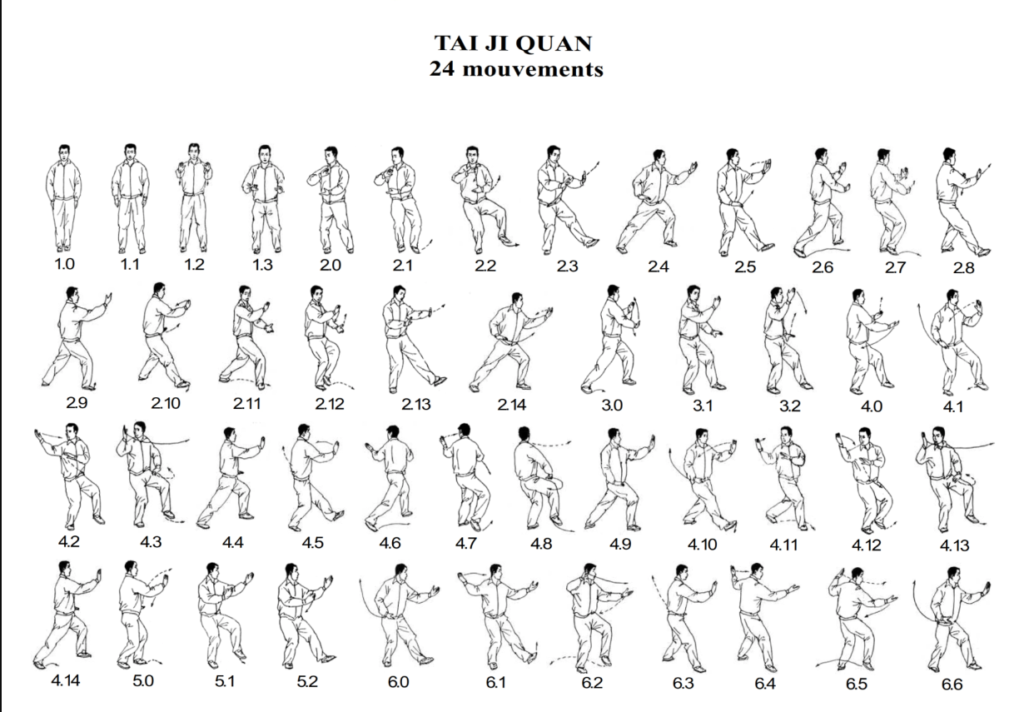
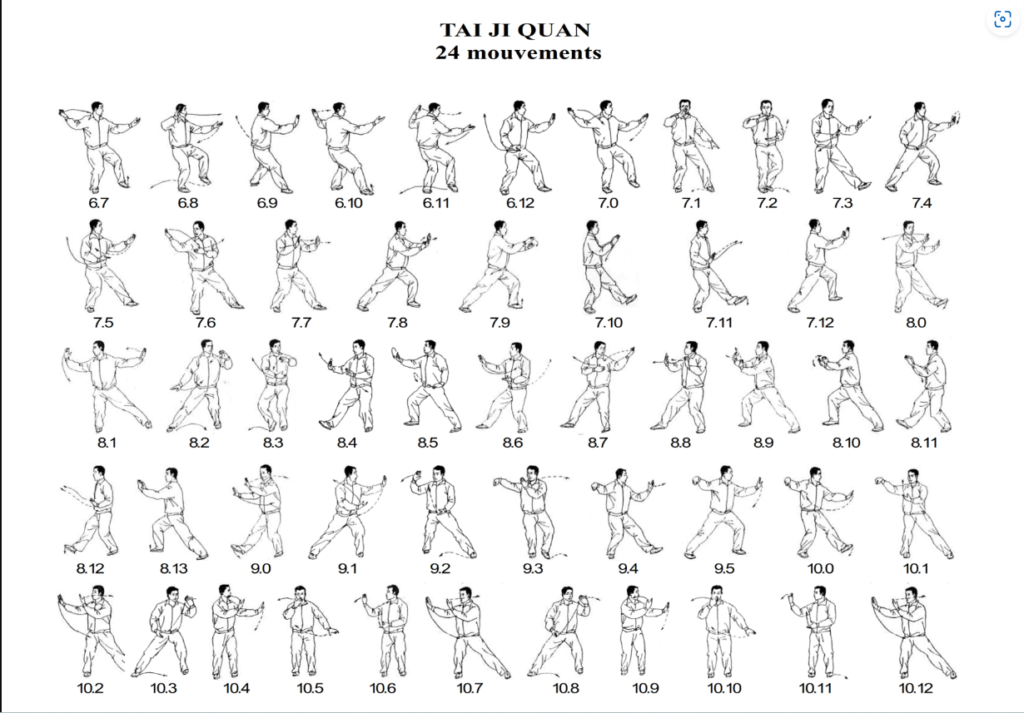
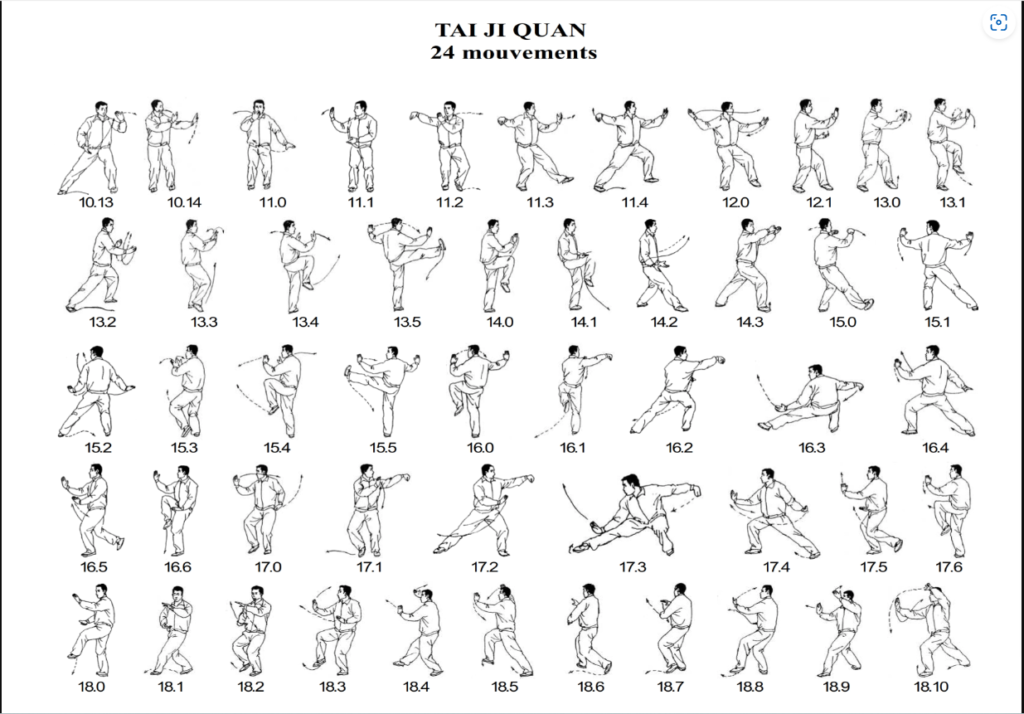
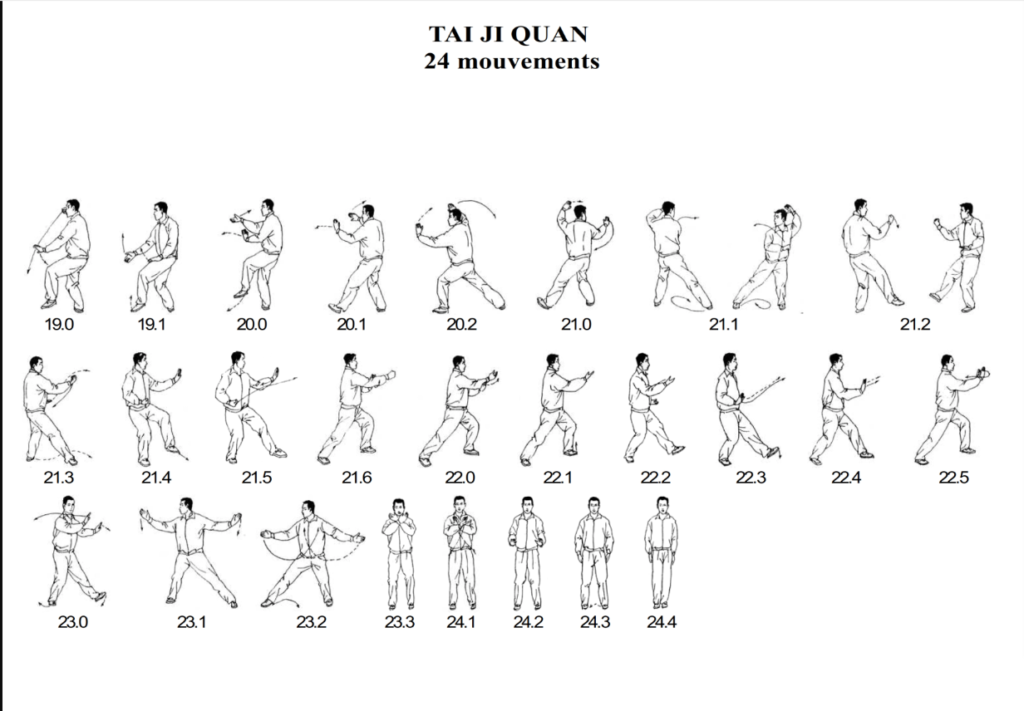
More Special in Beijing
Beijing Tour Services
